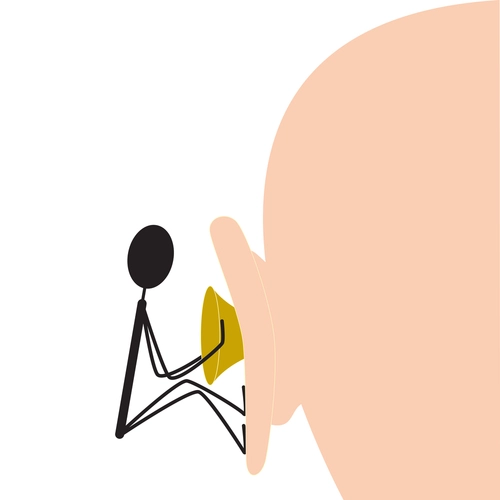Oncology & Hematology Coding Alert
Care Management:
Take These Tips, Transform Your TCM Documentation
Published on Fri Jun 24, 2022

You’ve reached your limit of free articles. Already a subscriber? Log in.
Not a subscriber? Subscribe today to continue reading this article. Plus, you’ll get:
- Simple explanations of current healthcare regulations and payer programs
- Real-world reporting scenarios solved by our expert coders
- Industry news, such as MAC and RAC activities, the OIG Work Plan, and CERT reports
- Instant access to every article ever published in Revenue Cycle Insider
- 6 annual AAPC-approved CEUs
- The latest updates for CPT®, ICD-10-CM, HCPCS Level II, NCCI edits, modifiers, compliance, technology, practice management, and more
Related Articles
Other Articles in this issue of
Oncology & Hematology Coding Alert
- Condition Spotlight:
Tackle Complete Blood Cancer Coding With This Guide
And test yourself with these tricky scenarios. Despite some difficult clinical terminology and a somewhat [...] - Mythbusters:
Remove These 3 Myths for Super-Clean Skin Biopsy Claims
And use this clever coding trick when your provider performs multiple biopsies. Knowing how and [...] - Care Management:
Take These Tips, Transform Your TCM Documentation
But be careful: Your MDM calculations may soon change. When one of your patients transitions [...] - You Be the Coder:
Don’t Phone In These Codes for Patient Follow-Up
Question: I have a provider who is billing codes 99358 and +99359 for her supportive oncology [...] - Reader Questions:
Pause Before Adding E/Ms to Radiation Treatment Planning
Question: Can I bill office and outpatient evaluation and management (E/M) codes 99202-99205 and radiation oncology [...] - Reader Questions:
Know the Difference Between These Diagnostic Bone Marrow Procedures
Question: How is a bone marrow aspiration different from a bone marrow biopsy? Ohio Subscriber Answer: Bone [...] - Reader Questions:
Pick Lab Panels Only When All Tests Included
Question: Our physician ordered testing of a patient’s potassium, sodium, calcium, chloride, magnesium, and phosphate levels. [...]
View All




